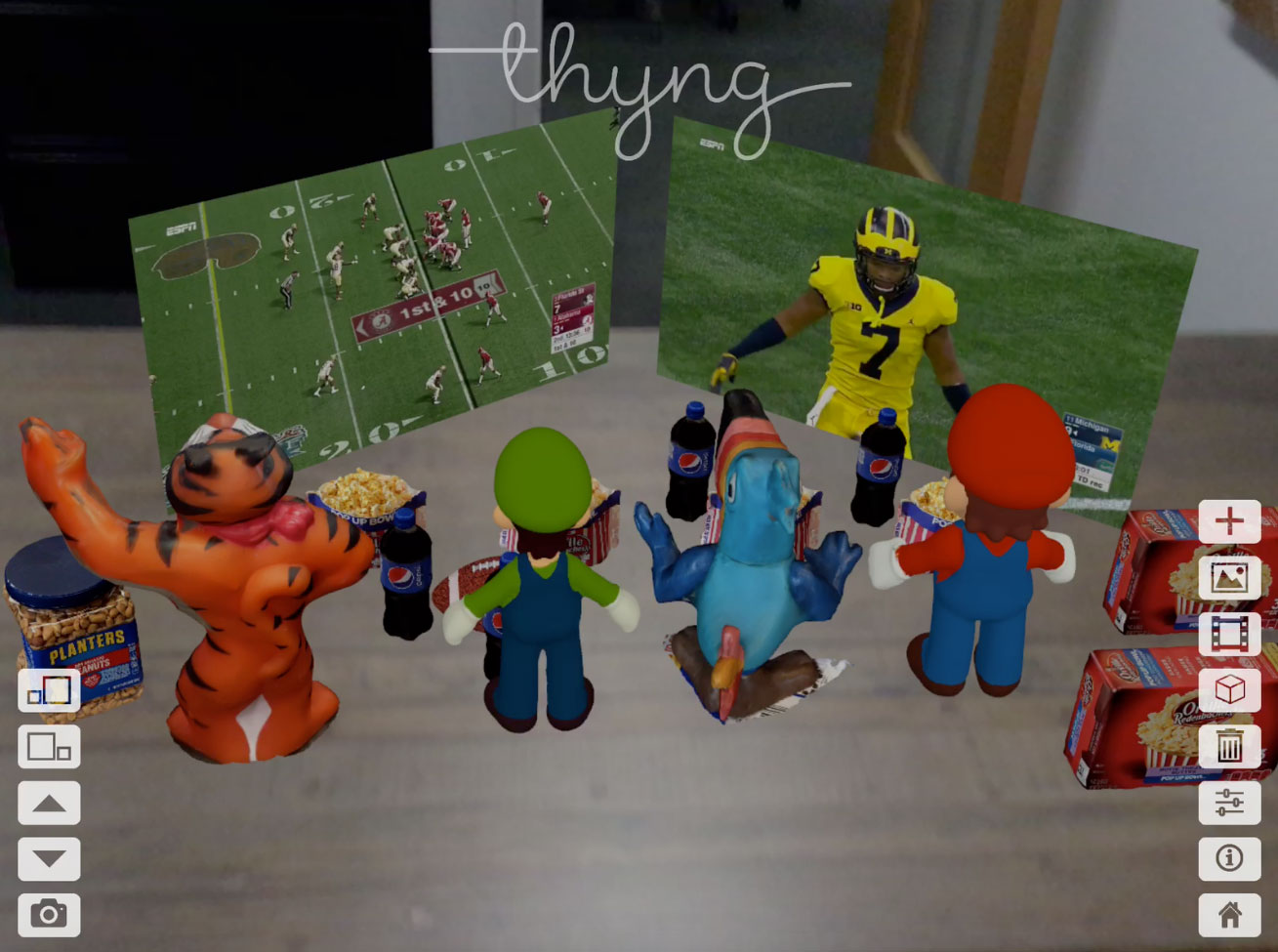Thyng wants to create the first augmented reality platform. Last week, the studio launched its free app Thyng 4.0 on iOS, which it built using Apple’s ARKit software development kit. It enables users to create AR scenes by dragging and dropping pre-designed 3D objects or personal photos and videos.
Ed LaHood is the founder and CEO of Thyng, and he has a lot of experience working with cutting-edge tech. In 1991, he founded Vream, one of the earliest startups to experiment with virtual reality. Similar to what Thyng is doing with AR, Vream focused on creating technology that enabled people to create their own VR environments. It was eventually acquired in 1996 by Platinum Technology, Inc., a database management company.

Unlock premium content and VIP community perks with GB M A X! Join now to enjoy our free and premium perks.
Join now →
Sign in to your account.

